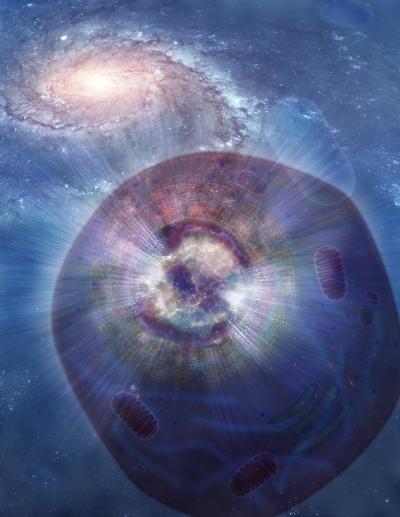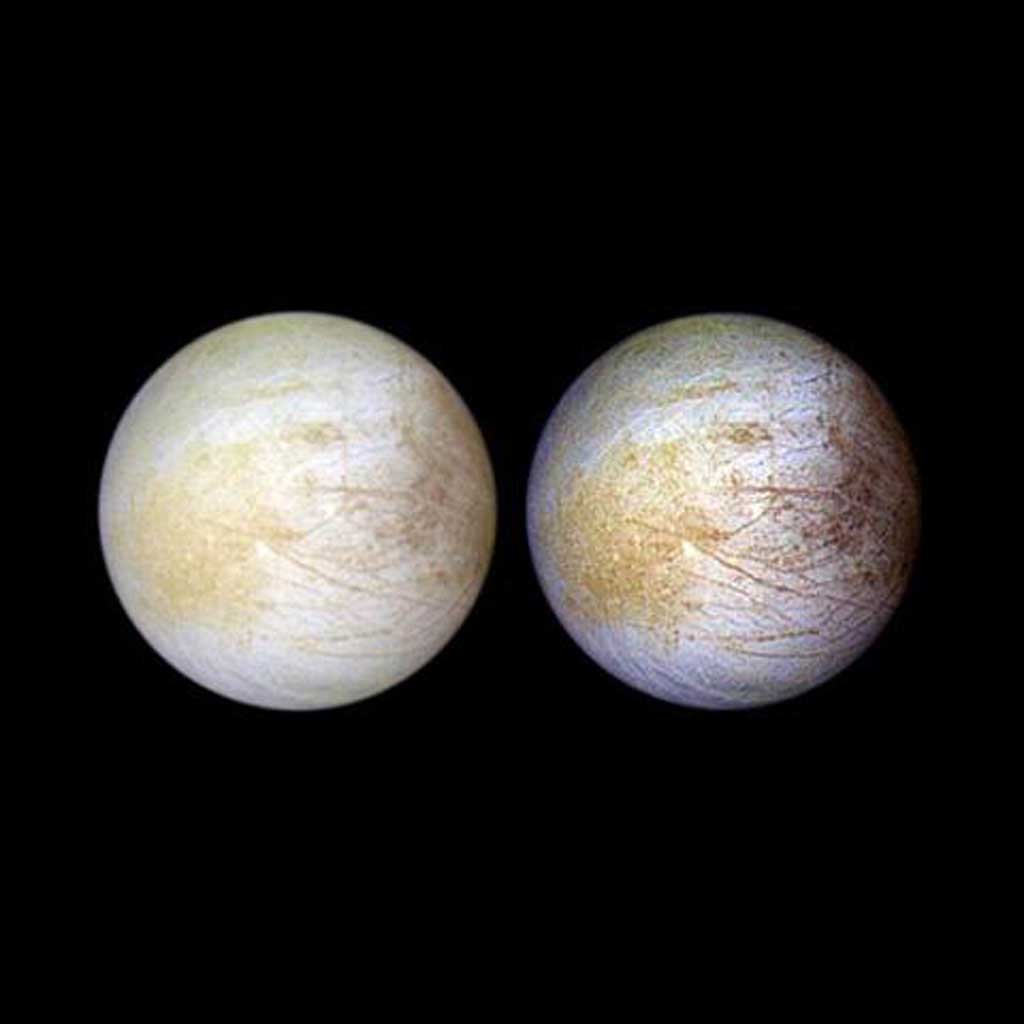The quest for habitable worlds has focused on searching for water, but following the water turns out to be too general a criterion. The list of planets and satellites that possess liquid water is growing faster than can be explored. As one of the new NASA Astrobiology Institute teams, Arizona State University (ASU) researchers intend to boost extraterrestrial exploration by refining the criteria that guide the search for life.
The multidisciplinary field of astrobiology explores the origin, evolution, distribution, and future of life on Earth and in the universe. The need for experts in areas as diverse as Earth and planetary science, astrophysics, microbiology, cosmochemistry, and evolutionary biology, gave rise to the NASA Astrobiology Institute (NAI). Established as part of NASA’s Astrobiology Program, the NAI developed as a partnership between NASA and teams located at academic institutions, research laboratories, and NASA centers across the United States. More than 700 scientists and educators are associated with the NAI.
NASA announced October 2, that ASU’s School of Earth and Space Exploration is one of 10 research teams from across the country to be awarded 5-year grants, averaging $7 million each. ASU previously operated as an NAI team and was a charter member of the NAI when the program was founded in 1998. The team is centered in the School of Earth and Space Exploration but also involves several faculty members from the School of Life Sciences, the Department of Chemistry and Biochemistry and the Beyond Center.
“Few scientific questions capture the imagination like studies of the origin of life. Such research is central to the mission of the School of Earth and Space Exploration,” says Kip Hodges, director of the school.
Astrobiologists assume that life may develop and survive on any planet that has water and energy. But in the search for extraterrestrial life, these criteria are too vague. Within the solar system there is abundant evidence of water-rich environments. Focused exploration on Mars has identified many ancient aqueous environments, Galileo spacecraft data indicate that Europa’s icy crust conceals a salty ocean, and the Cassini mission discovered water jets on Enceladus. Beyond the solar system, there are probably many Earth-like planets. Theories suggest that many of these planets are waterworlds, with oceans so deep that they have no exposed continents. All of these environments have sufficient energy to support microbial life.
“Water and energy are necessary but not sufficient,” says Anbar. “Look at Earth. Nearly half the planet’s surface is covered by ocean regions in which life is scarce. The reason is that these regions don’t have high enough concentrations of the chemical elements necessary for life. So the next step in the search for life is to follow the elements.”
The team will pursue a three-pronged research initiative to explore the relationship between the elemental composition of organisms and their environments, the impact of planetary processes on the abundance of bioessential elements, and the effects of astrophysical processes on the abundance of life-supporting elements.
Planetary missions within the solar system are expensive and rare and investigations outside the solar system are not feasible for all of the hundreds of anticipated Earth-like planets with liquid water. The resources available for astrobiology exploration are limited, so narrowing down the search criteria will be beneficial.
Yet impacts of this research extend beyond aiding in the targeting and interpretation of data from space missions. In line with the School of Earth and Space Exploration’s mission of improving science literacy both on and off campus, the ASU team has plans to engage students and teachers in the discovery process through virtual field trips and educator workshops, and an innovative approach to training secondary school science teachers.
“The opportunities this provides for us to raise the profile of astrobiology in our graduate and undergraduate educational programs is especially exciting,” says Hodges.











